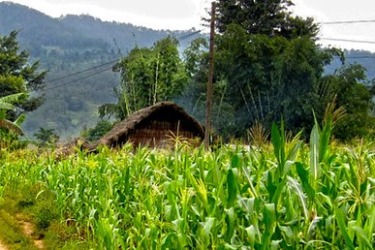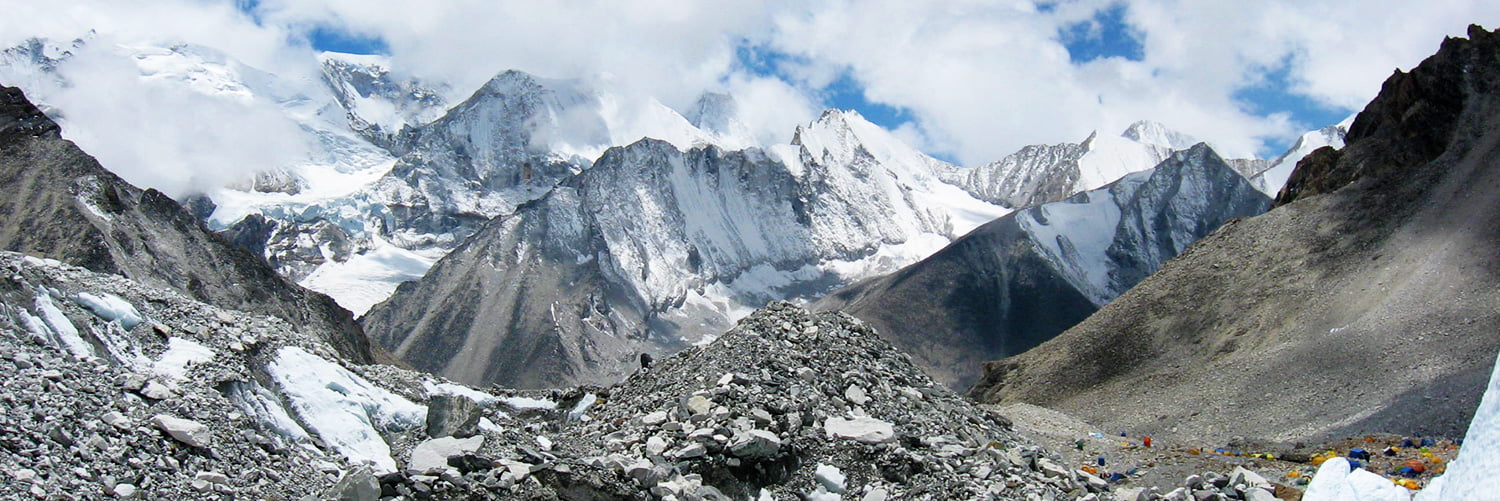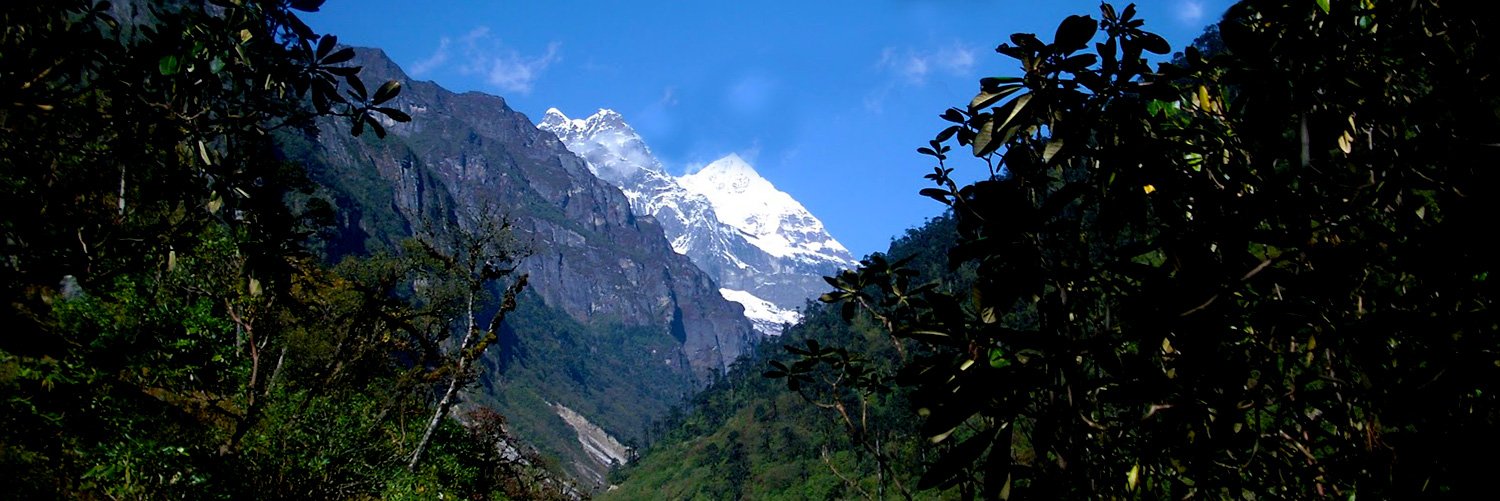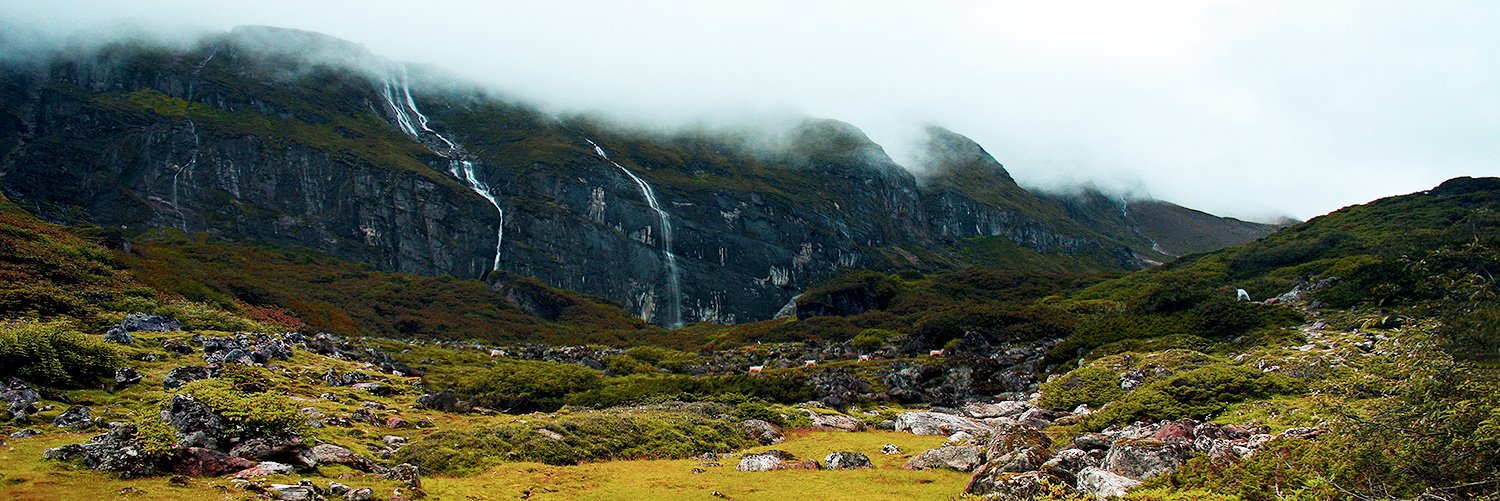




Makalu region is one of the most remote areas in Nepal. To the west, it is bordered by the Everest region, to the north by Tibet, to the east by the Arun river, and to the south by the Sabha river.
Makalu region is one of the most remote areas in Nepal. To the west, it is bordered by the Everest region, to the north by Tibet, to the east by the Arun river, and to the south by the Sabha river. Within this pristine area there lies Makalu Barun Conservation Area Project that preserves a series of vegetation starting with topical Sal forest to subtropical birch, rhododendron forests to alpine pastures. There we find the endangered animals such as Red Panda, Snow Leopard, Clouded Leopard, Wild Boar, and Barking deer. This region is also blessed with an incredible diversity of communities such as Sherpa, Rai, Limbu, Chhetri & Brahmin with their distinctive culture, dialects & religion.
There are many trekking routes that take us into the Makalu region but the popular way is to fly into Tumlingtar (the only airport in the region) and hike the trail from Khandbari to Num, then cross over the Arun River into the conservation area. The traditional way is to drive from Kathmandu to the road head (Hile), which is 20 hours drive and then walk to Tumlingtar. There is also another Salpa Pass route between Tumlingtar and the Everest region connecting the same trail in the region. This pass requires ropes, crampons, and ice axes.
This is truly 100 % off –the- beaten region where one can experience the world class wilderness. Trekking in Makalu region requires a good walking experience and a good physical stamina. While walking, one can enjoy the panoramic view of Everest (8848m), Cho Oyu (8152m), Lhotse (8516m), Makalu (8463m) and Ama Dablam (6456m).
The best season for trekking in Makalu region begins from the months of March, April to May in spring and September, October, and November in autumn. There are two entry points to enter the Makalu region either from Tumlingtar or from Lukla. During the trek in this remote area, one gets spellbound due to natural diversity and the great view of Mount Makalu.